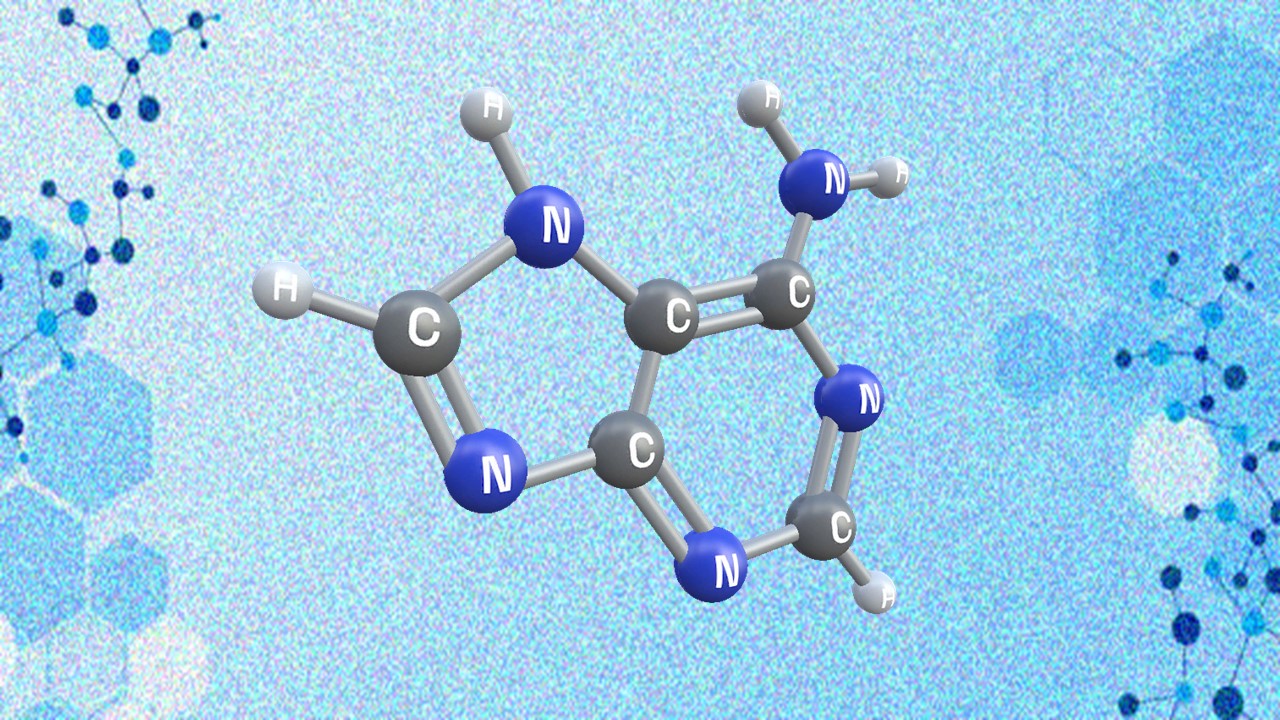In the realm of drug discovery and pharmaceutical development, where precision and efficiency are paramount, the advent of machine learning has ushered in a new era. Supervised learning, a subfield of machine learning, has emerged as a potent tool in this endeavor. Unlike unsupervised learning, where algorithms uncover hidden patterns within data, supervised learning thrives on labeled data—each input meticulously paired with its corresponding output. This pairing enables algorithms to glean invaluable insights, eventually allowing them to make precise predictions for unseen data. Supervised learning algorithms, such as Support Vector Machines (SVM), Naïve Bayes, and Random Forest (RF), have become invaluable assets in the quest for potential drug candidates. Through their adept analysis of vast datasets, these algorithms can decipher intricate relationships and patterns, often imperceptible to the human eye.
Supervised Learning: An Overview
Supervised learning is a fundamental paradigm in machine learning where a model is trained to learn patterns and relationships within a labeled dataset, consisting of input-output pairs. In this approach, the “supervisor” provides the algorithm with a clear understanding of the correct answers, guiding it to make predictions or decisions based on input data. During training, the model iteratively adjusts its internal parameters to minimize the disparity between its predictions and the ground truth labels in the training dataset. This process is typically achieved using various optimization algorithms, such as gradient descent. Once trained, the model can generalize its knowledge to make predictions on unseen or new data, effectively automating tasks like classification, regression, and more. Supervised learning has widespread applications, ranging from natural language processing, image recognition, and autonomous driving to medical diagnosis and recommendation systems, making it a cornerstone of modern AI and machine learning systems.
Support Vector Machine (SVM) – A Mighty Classifier
Among the array of supervised learning tools, the Support Vector Machine (SVM) stands as a formidable force in the field. SVM, rooted in the principle of structural risk minimization, boasts the capability to classify data, identify outliers, and perform regression analysis. Central to its methodology is the construction of an optimal decision boundary, known as a hyperplane, which efficiently segregates data points belonging to different classes. SVM’s strength lies in its adaptability to high-dimensional, noisy datasets, making it a robust performer in predicting both chemical and biological properties. However, the caveat lies in the sensitivity of SVM’s performance to the choice of kernel functions and parameters, necessitating meticulous tuning. Furthermore, when faced with imbalanced datasets, where one class significantly outweighs the other, SVM may require additional data preprocessing to rectify the imbalance. Yet, its utility in drug discovery remains unparalleled, assisting in virtual screening, drug-target interaction prediction, and the identification of new drug targets. SVM is also a valuable asset in predicting drug similarity through Quantitative Structure-Activity Relationship (QSAR) analysis and detecting activity cliffs, pairs of structurally similar compounds with significant activity variations.
Naïve Bayes – Simplicity and Versatility in Probabilistic Modeling
The Naïve Bayes algorithm, grounded in Bayes’ theorem, offers a distinct approach to probabilistic machine learning. It operates under the “naïve” assumption of conditional independence among features, simplifying multivariate problems into manageable univariate challenges. This unique perspective enables Naïve Bayes to handle high-dimensional data efficiently. While its simplicity and speed make it a popular choice, it is not without limitations. The algorithm assumes feature independence, which may not align with the real-world complexities present in data. Moreover, Naïve Bayes serves better as a classifier than a reliable probability estimator, necessitating cautious interpretation of its output probabilities. Nevertheless, its versatility finds applications in a myriad of fields, including cheminformatics and drug discovery. In these domains, Naïve Bayes aids in predicting biological activities, selecting promising drug candidates, and estimating outcomes before laboratory experimentation. It further extends its utility to foreseeing protein-protein and drug-drug interactions, an essential component in understanding cellular pathways and managing polypharmacy. While Naïve Bayes operates under the assumption of feature independence, which may not always hold true, its contributions to drug discovery are undeniable.
Random Forest (RF) – The Power of Ensemble Learning
Random Forest (RF), an ensemble method, serves as a robust solution to the overfitting conundrum often encountered with single decision trees. RF constructs an ensemble of decision trees, each developed on a distinct subset of data. By aggregating results from multiple uncorrelated trees, RF leverages the strength of ensemble learning, enhancing predictive accuracy and stability. RF’s role in early drug discovery is particularly noteworthy, where it aids in feature selection and excels in Quantitative Structure-Activity Relationship (QSAR) analysis. This proficiency proves invaluable for handling large, high-dimensional datasets in virtual screening. However, to mitigate overfitting risks, judicious data partitioning, model complexity management, and cross-validation are essential. By analyzing feature importance, RF bolsters interpretability, further enhancing its utility.
Expanding its reach across various stages of drug development, RF contributes to predicting chemical and drug properties, protein-related predictions, virtual screening, drug response prediction, polypharmacology research, and drug side-effect prediction. Its prowess shines in QSAR modeling, correlating a drug’s chemical structure with its biological activity and estimating critical parameters like drug solubility and solvent density. In protein-related predictions, RF assists in determining protein pKa values, protein-protein affinity, and protein function, vital aspects in target-based drug design. RF models facilitate efficient virtual screening of compound libraries, predicting potential binding interactions with target proteins, an indispensable component of integrated virtual screening and docking studies. Thus, in the evolving landscape of drug discovery, supervised learning techniques, including Random Forest, are indispensable assets, shaping a future of enhanced efficiency and precision in drug development.
Engr. Dex Marco Tiu Guibelondo, B.Sc. Pharm, R.Ph., B.Sc. CpE
Subscribe
to get our
LATEST NEWS
Related Posts

AI, Data & Technology
The Power of Unsupervised Learning in Healthcare
In healthcare’s dynamic landscape, the pursuit of deeper insights and precision interventions is paramount, where unsupervised learning emerges as a potent tool for revealing hidden data structures.

AI, Data & Technology
Unlocking Intelligence: A Journey through Machine Learning
ML stands as a cornerstone of technological advancement, permeating various facets of our daily lives.
Read More Articles
Synthetic Chemistry’s Potential in Deciphering Antimicrobial Peptides
The saga of antimicrobial peptides unfolds as a testament to scientific ingenuity and therapeutic resilience.
Appreciating the Therapeutic Versatility of the Adenine Scaffold: From Biological Signaling to Disease Treatment
Researchers are utilizing adenine analogs to create potent inhibitors and agonists, targeting vital cellular pathways from cancer to infectious diseases.












